Power Electronics Module.
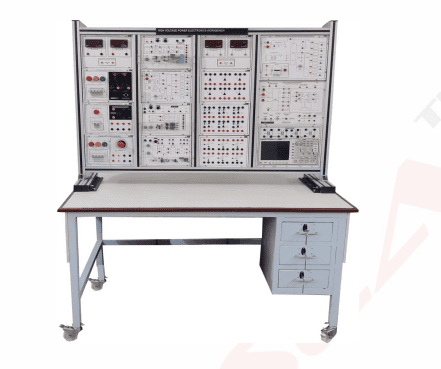
Order Code: 25268461.4
Category: General Lab Equipment V
Scope of Learning This module is designed to cover several key concepts in power electronics. The learning scope includes: Rectifiers: Half-wave, Full-wave, and Bridge configurations for both uncontrolled and controlled rectifiers (with o...
SPECIFICATION
Scope of Learning
This module is designed to cover several key concepts in power electronics. The learning scope includes:
-
Rectifiers: Half-wave, Full-wave, and Bridge configurations for both uncontrolled and controlled rectifiers (with or without freewheeling diodes).
-
Motor Drives: Includes various motor loads such as lamp loads, motor loads, and motor loads with freewheeling diodes.
-
Firing Circuits: Study of ramp and comparator firing circuits for different types of rectifiers and converters.
-
Converters: Includes study of cycloconverters, inverters, and choppers (step-up and step-down).
-
PWM Control: Study of Pulse Width Modulation (PWM) circuits for motor control and other power electronics applications.
Technical Specifications
-
Power Supplies:
-
Single Phase AC Power Supply: 110-220V, 50/60Hz
-
Three Phase AC Power Supply: 230V Phase, 415V Line Voltage ±10%, 50Hz
-
Low Voltage AC/DC Power Supplies: For various loads and control circuits.
-
-
Components:
-
Diode Assembly: 25A diodes for high current applications.
-
SCR Assembly: 1200V/25A for rectifier control.
-
IGBT Assembly: IGBT G4BC20S 600V/10A for high-frequency control.
-
PWM Circuit: Triangular Comparator Method, frequency range 270Hz to 5kHz.
-
-
Meters & Oscilloscopes:
-
Digital AC/DC Voltmeters & Ammeters: For voltage and current measurements.
-
Oscilloscope with Power Scope: 30MHz bandwidth and 1500V isolated measurement.
-
-
Firing Circuits:
-
Single Phase Firing Circuit: 30-180 degree firing angle control.
-
Three Phase Firing Circuit: 30-150 degree firing angle control.
-
Cycloconverter Firing Circuit: 30-180 degree control.
-
Features
-
Power Circuit and Firing Circuit:
-
Onboard rectifiers, inverters, and controlled circuits for practical learning.
-
Replaceable modules for easy upgrades or repairs.
-
-
Safety Features:
-
Short-circuit protection with MCBs (Miniature Circuit Breakers).
-
Indicator lights for mains power status.
-
-
Onboard Components:
-
Single Phase and Three Phase Power Supplies: Both mains and low-voltage versions.
-
Pulse Amplifier & Isolation: Ensures safe and reliable control signals for rectifiers and inverters.
-
Load Assemblies: Includes bulbs (200W), PMDC motor, induction motors (both single-phase and three-phase).
-
-
Physical Design:
-
Front panel with clearly printed circuits and symbols for ease of operation.
-
Metal cabinet housing for durability and safety.
-
Wheels on the workstation for easy movement and portability.
-
List of Experiments
The module offers a wide range of experiments to learn and apply power electronics concepts:
Rectifiers:
-
Uncontrolled Rectifiers:
-
Half Wave on Lamp and Motor Loads.
-
Full Wave on Lamp and Motor Loads.
-
Bridge Uncontrolled Rectifiers with and without freewheeling diodes.
-
-
Controlled Rectifiers:
-
Half Wave Controlled Rectifiers.
-
Full Wave Controlled Rectifiers.
-
Bridge Controlled Rectifiers with and without freewheeling diodes.
-
-
Semiconverter Configurations:
-
Common cathode, common anode, and asymmetrical configurations on various loads (lamp and motor).
-
Converters and Inverters:
-
Choppers: Step-up and Step-down chopper circuits.
-
Inverters: Bridge inverters for DC to AC conversion.
-
Cycloconverters: Conversion between different AC frequencies, ideal for motor control.
AC/DC Voltage Control:
-
AC Voltage Controllers: Both half-wave and full-wave controllers on lamp and motor loads.
-
PWM (Pulse Width Modulation): Control circuits for motor and load regulation.
Motor Drive Experiments:
-
Study of various types of motors such as:
-
PMDC (Permanent Magnet DC Motor): A 230V motor with load arrangement.
-
Single Phase Induction Motor: 1/2HP AC motor.
-
Three Phase Induction Motor: 1/2HP, used for more advanced experiments.
-
Firing Circuits and Control:
-
Study of firing angle control for different types of rectifiers and converters.
-
Includes experiments for ramp, comparator, and cycloconverter firing circuits.
Summary
This Power Electronics Module offers a comprehensive learning experience for understanding key concepts in power conversion, motor control, and circuit protection. The combination of theory, practical experimentation, and hands-on learning provides students with the opportunity to explore and understand:
-
The operation of rectifiers (controlled and uncontrolled),
-
Motor drive systems (induction motors, PMDC motors),
-
Converters and inverters (including cycloconverters and PWM circuits),
-
Firing circuits for controlling rectifiers and converters,
-
And power supply management (including single-phase and three-phase systems).
This makes it an excellent tool for students and professionals working in the field of power electronics, as well as a solid foundation for more advanced studies or applications in electrical engineering.

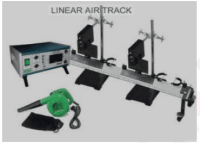
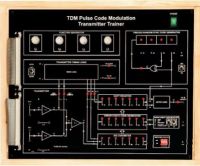

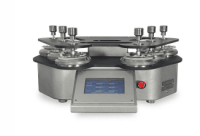
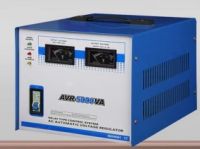
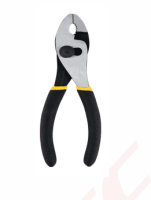
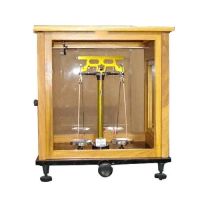
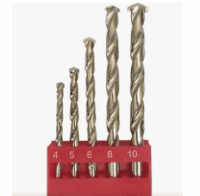

 91-9829132777
91-9829132777